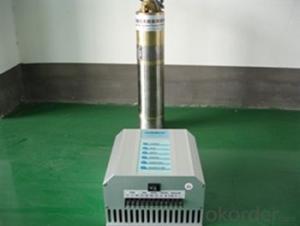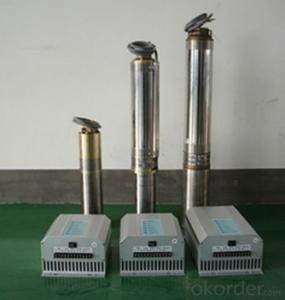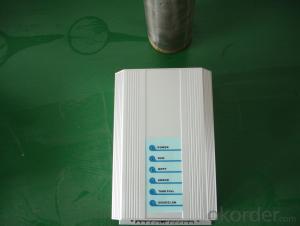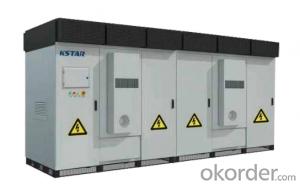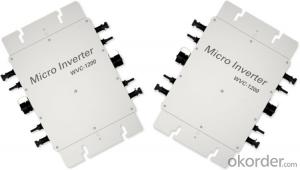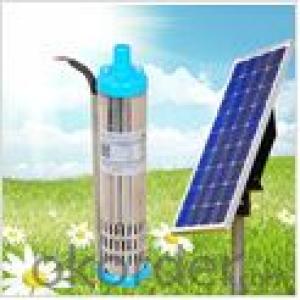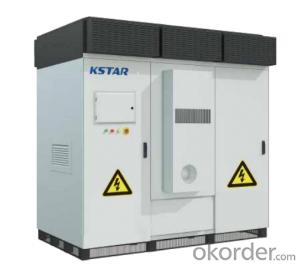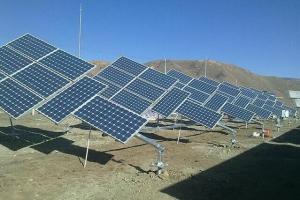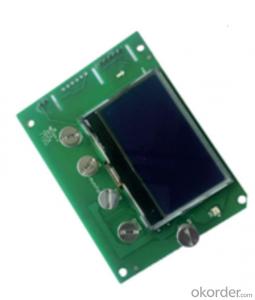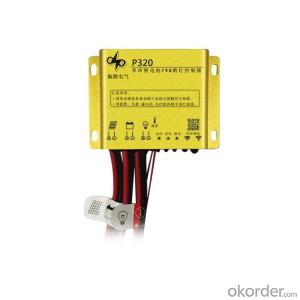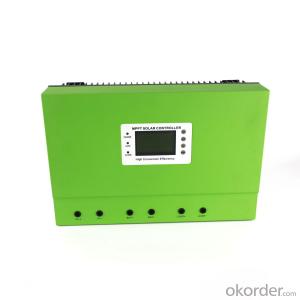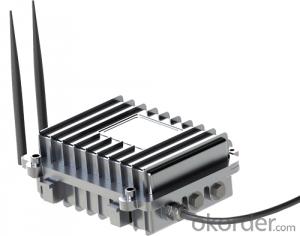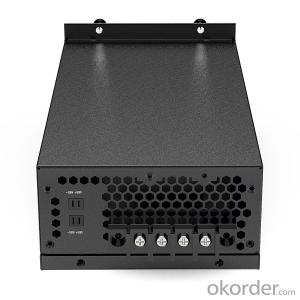Delta Solar Inverter App
Delta Solar Inverter App Related Searches
Tesla Solar Inverter App Delta Solar Inverter App For Solar Inverter Solar Delta Inverter Solar Edge Inverter App Solis Solar Inverter App Sma Solar Inverter App Best Solar Inverter App Delta Solar Inverter Manual Huawei Solar Inverter App Abb Solar Inverter App Sofar Solar Inverter App Delta Solar Inverter Price Delta Off Grid Solar Inverter Delta Solar Inverter 5kw Application Of Solar Inverter Delta Solar Inverter Warranty Use Of Solar Inverter Digital Solar Inverter Solar Inverter Drive Install Solar Inverter Uses Of Solar Inverter Inverter Solar Cell Alpha Solar Inverter Tesla Solar Inverter Solar Solar Inverter Solar Dc Inverter Inverter Solar Tesla Solar Power Inverter Upgrade Solar InverterDelta Solar Inverter App Supplier & Manufacturer from China
Delta Solar Inverter App is a user-friendly software designed to manage and monitor solar energy systems. This app allows users to track energy production, system performance, and maintenance needs, making it an essential tool for homeowners and businesses with solar power installations. The application is compatible with a range of Delta Electronics solar inverters, ensuring seamless integration and optimal functionality. The Delta Solar Inverter App is widely used in residential and commercial settings to maximize the efficiency of solar energy systems and provide valuable insights into their operation.The Delta Solar Inverter App offers a comprehensive solution for managing solar energy systems, enabling users to remotely monitor and control their inverters. This app is particularly useful for those who want to optimize their energy consumption, reduce costs, and contribute to environmental sustainability. By providing real-time data on energy production and system performance, the app helps users make informed decisions about their solar power usage and maintenance. This ensures that their solar energy systems operate at peak efficiency and deliver the best possible return on investment.
Okorder.com is a leading wholesale supplier of the Delta Solar Inverter App, offering a vast inventory to meet the needs of customers worldwide. As a reliable source for this product, Okorder.com ensures that customers receive high-quality software at competitive prices. By partnering with Okorder.com, customers can benefit from their extensive experience in the solar energy industry and access to a wide range of solar products and services. This makes Okorder.com the ideal choice for those seeking to purchase the Delta Solar Inverter App and enhance the performance of their solar energy systems.
Hot Products



